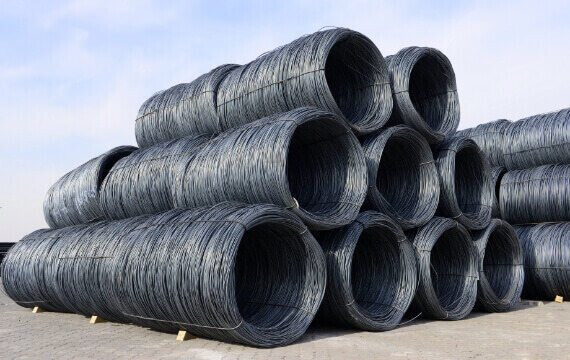Stainless wire, known for its exceptional strength, durability, and resistance to corrosion, is a versatile material with a wide range of applications across various industries. This article explores the characteristics, types, manufacturing process, and uses of pvc coated stainless wire rope highlighting its significance in modern engineering and manufacturing.
Characteristics of Stainless Wire
Stainless wire is made from stainless steel, an alloy primarily composed of iron, chromium, and nickel. The addition of chromium (typically at least 10.5%) gives the wire its renowned corrosion-resistant properties. Key characteristics of stainless wire include:
- Corrosion Resistance: The presence of chromium forms a passive layer of chromium oxide on the surface, preventing rust and corrosion even in harsh environments.
- Strength and Durability: Stainless wire is known for its high tensile strength, making it suitable for applications requiring robust performance.
- Temperature Resistance: It maintains its mechanical properties at high temperatures, making it ideal for applications involving heat.
- Aesthetic Appeal: The wire’s polished surface offers an attractive appearance, making it suitable for decorative and architectural applications.
- Hygienic Properties: Stainless wire is easy to clean and maintain, making it ideal for use in industries requiring stringent hygiene standards, such as food processing and medical equipment.
Types of Stainless Wire
Stainless wire comes in various grades and types, each tailored for specific applications. Common types include:
- Austenitic Stainless Wire: This type contains high levels of chromium and nickel, offering excellent corrosion resistance and ductility. Grades like 304 and 316 are widely used for their balance of properties.
- Ferritic Stainless Wire: Known for its magnetic properties and good resistance to stress corrosion cracking, ferritic wire is used in automotive and industrial applications.
- Martensitic Stainless Wire: This type is characterized by its high strength and hardness, making it suitable for applications such as cutlery and surgical instruments.
- Duplex Stainless Wire: Combining austenitic and ferritic properties, duplex wire offers superior strength and corrosion resistance, commonly used in chemical and marine industries.
Manufacturing Process
The production of stainless wire involves several stages:
- Melting: Stainless steel is melted in an electric arc furnace, followed by refining processes to achieve the desired composition.
- Hot Rolling: The molten steel is cast into billets, which are then hot rolled into wire rods.
- Cold Drawing: The wire rods are further processed through cold drawing, where they are pulled through dies to achieve the desired diameter and surface finish.
- Annealing: To relieve stresses and improve ductility, the wire undergoes annealing, a heat treatment process.
- Surface Treatment: Depending on the application, the wire may receive surface treatments such as pickling, passivation, or coating to enhance its properties.
Applications of Stainless Wire
The versatility of stainless wire makes it indispensable in numerous industries:
- Construction and Architecture: Stainless wire is used in cable railings, suspension bridges, and structural support systems due to its strength and aesthetic appeal.
- Automotive: In the automotive industry, it is used in components like exhaust systems, clamps, and springs for its durability and resistance to heat and corrosion.
- Medical: Stainless wire is crucial in the manufacturing of surgical instruments, orthodontic appliances, and medical implants due to its biocompatibility and ease of sterilization.
- Aerospace: The aerospace sector relies on stainless wire for its high strength-to-weight ratio and resistance to extreme conditions, used in safety wire, fasteners, and control cables.
- Marine: Its resistance to seawater corrosion makes stainless wire ideal for marine applications, including rigging, lifelines, and mooring lines.
- Food and Beverage: Stainless wire is used in food processing equipment, conveyor belts, and filtration systems due to its hygienic properties and resistance to corrosion.
Conclusion
Stainless wire’s unique combination of strength, corrosion resistance, and versatility makes it a critical material in various industries. From construction to aerospace, its applications are vast and varied, demonstrating the essential role stainless wire plays in modern engineering and manufacturing. As technology advances, the demand for high-performance materials like stainless wire will continue to grow, driving innovation and development in numerous fields.


